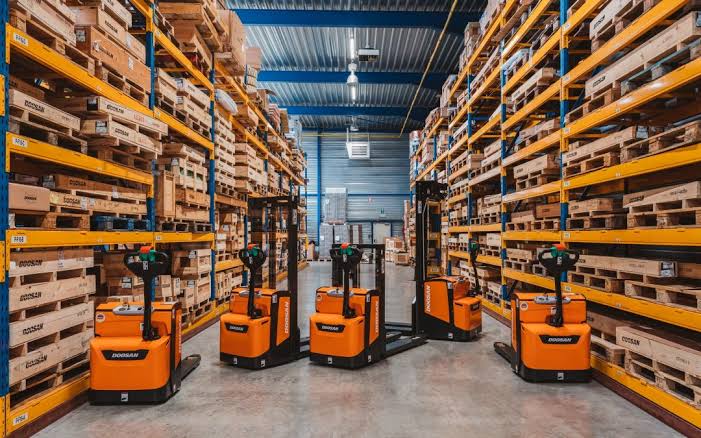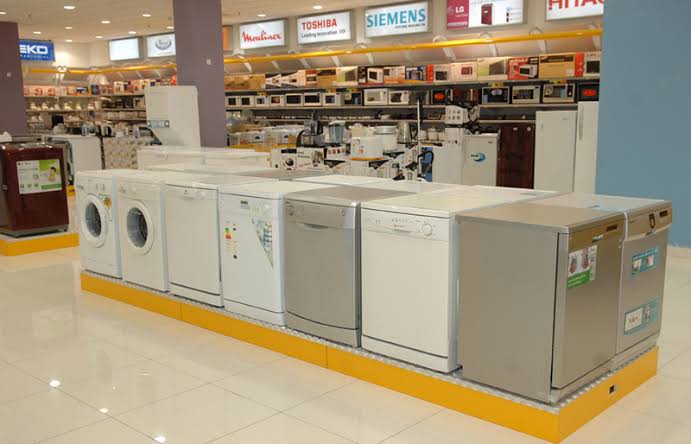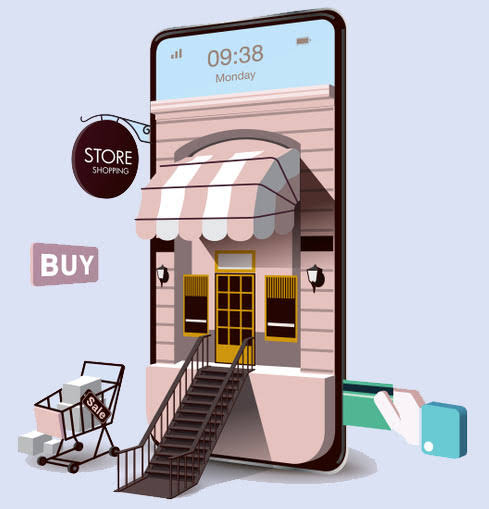CAIRO - 1 February 2020: The term “disintermediation” first appeared within the banking community when investors switched to direct investment in financial institutions offering higher return and abandoned intermediary financial brokers. Later on, the concept became even more dominant amid the surge in online shopping as giant retailers like Amazon and other huge intermediaries emerged. This article delves deeper into the approach and bids to delineate its implications for Egypt.
Assessing Disintermediation
Associate Professor of Marketing and BP Endowed Chair at the School of Business of the American University in Cairo (AUC),Hamed Shamma, tells Business Today Egypt that disintermediation is an old concept favoring direct linkage between the producer and consumer; hence intermediary elimination. Although disintermediation is often perceived positively, the professor has a different point of view, explaining that “connection economy” is important. Intermediaries help producers expand their presence in the market, Shamma said, setting smart examples like Amazon and other economy-sharing intermediation platforms like Uber and AIRBnB.
For disintermediation in the business-to-business sector, Shamma explains that producers typically want very specific goods in large quantities, so it makes more sense to deal with manufacturers directly in that case. Naturally, the layers of intermediaries are less in that sector compared to business-to-consumer.

Speaking of disintermediation in B2C, the professor says the concept can be applied in any industry. The producer normally sells online and/or through its own stores. The pros are “direct dealing with the consumer and full control on what you do.” The cons are embodied in higher costs caused by lower levels of efficiency, which incur a rise in prices. Although disintermediation can be more efficient in terms of transportation costs, it may not be necessarily convenient to the consumer. The professor clarifies that delivery is important and that disintermediation can undermine the ability of both the consumer and producer to reach various locations. Since many consumers in Egypt complain about customer service, producers may contemplate disintermediation to have better control over the service.
Nevertheless, professor Shamma does not perceive disintermediation as the solution.
What makes a good retailer is the services it provides to the consumer. Those consist of self-service, technology-based guidance, personalized services, convenient locations, assortment, and delivery. A retailer must be eager to enhance the customer experience, and adapt to consumer behavior changes, such as offering online shopping, Shamma says. He points out that online retail increases the level of competition, and that a competent online retailer would offer a good after-sale service satisfying the shopping experience.
Intermediation in Egypt
Member of Localization Committee at the Federation of Engineering Bahgat el-Dahesh tells Business Today Egypt that a producer expects four functions from the intermediary, the retailer in that case. The first is display. The more the retailer is paid, the more the product is given a better display. Dahesh clarifies that some companies set up their own stalls in their preferred fashion, a common practice in hypermarkets.
The second function is communicating information on the product with consumers. The producer must educate the retailer on the product or even send a delegate to the store to assume that mission. The third is diffusion. The producer shall not only sell through a single retailer, but should make the product available in many chains. The last function is that the retailer does not sell at a price that is lower than that at which it got the products from the producer. Dahesh explains that such act is detrimental to the value of the product and can be mistaken for attempts to get a bigger market share in illicit ways. A retailer may do that because of the need for money in a short time.
Dahesh reveals that the problems faced by producers in Egypt when dealing with intermediaries are mainly payment delays, and small places to display the product. As a result, more investment has been required to properly showcase the product. Cost-wise, Dahesh classifies retailing options starting from the less expensive individual retailers, hypermarkets, to having one’s chain stores. The decision to select either option is pertinent to the size of sales.
Dahesh favors that a producer has its own outlets so long the revenue covers the rent, salaries, and overhead costs. “It depends on financial means. It is hard to open 10 branches at a time. Many refrain from chain stores because of overhead costs,” Dahesh says, asserting that the selection of locations is very important. The alternative to the chain option has become renting a place in key accounts like hypermarkets, where a big number of consumers is present, Dahesh clarifies, adding that if the producer does not require a specific place, they can still let such accounts put the product anywhere.

“Online sales increased a lot because of retailers like Jumia, Souq, and Amazon. Twenty percent of sales now occur online because youths constitute a big portion of customers. It is less expensive to shop online as each retailer displays the lowest possible price in the market as long as the product is in stock,” Dahesh explains.
Dahesh highlights that big companies typically have a website where they can put offers like Black Friday deals. The most important thing when creating and managing a website for one’s company is “good display,” he stresses. In that way, producers do not have to pay merchants or salespeople. Online retailers are still a good choice as they get paid for the ad but the amount is much less than that paid to the merchant, particularly big names.
How to Go Online
Chairman of Comtricks and Adjunct Faculty Member at the School of Management at the American University in Cairo (AUC) Maher Asham tells Business Today Egypt that the market is “not ready” for going totally online despite the benefits, which are low cost, wide reach, and convenience.

Asham recommends that producers have an online presence whether directly or indirectly through online retailers. “Mega stores in the United States shut down because of online stores bringing traffic and getting a big chunk of the profit margin,” Comtricks chairman says.
Asham suggests that the key to success online is “differentiation” by offering quality service, convenience, specialty, and adopting the right marketing tools. The expert adds that it is better for a producer to have their own online store in order to maintain a high profit margin, which is around 20 percent, without sharing it with a retailer.
Business-to-Business Disintermediation
A study titled “Disintermediation in Business-to-Business Service Channels: Mechanisms and Challenges” suggests that disintermediation can be defined as “an organization’s adoption of various mechanisms for handling intermediaries aimed at securing links with end customers.” The 2013 study identifies six mechanisms that can be adopted by business-to-business firms in the context of their service channels. Those are strategic partnering, mergers and acquisitions, organic growth, communication and training, incentives, and ICT.
Strategic partnership means a closer collaboration with the intermediary. Mergers and acquisitions are about taking direct control over the intermediary. Organic growth occurs when internal resources and skills are deployed to develop an in-house alternative to the external intermediary. The communication and training mechanism is the direct exchange of information with the customer. The intermediary can be motivated to act appropriately by using different sets of incentives and bonuses. Information and Communications Technology is the resort of online solutions to disintermediation.
The Future of Disintermediation
A 2012 study titled “Online Disintermediation: The Elephant Is Still in the Room” finds that although parts of the value chain have been disintermediated through the web, “a parallel trend of re-intermediation arose” as rapidly. The study identifies the re-intermediators as “the online efficient shopping comparison tools.” Producers may be less likely to be affected by re-intermediation compared to the offline intermediaries.
Online shopping on the scale of Amazon and the like give rise to intermediation; simultaneously, smaller B2C startups are still continuing to emerge on app marketplaces, a sort of disintermediation.
Such observation gives a hint about the different changes intermediation and disintermediation go through in light of various variables as it is still unpredictable what will happen in the post-re-intermediation phase.



Comments
Leave a Comment